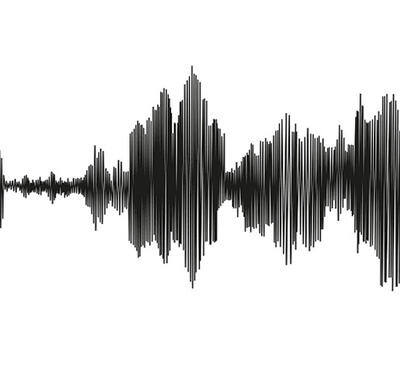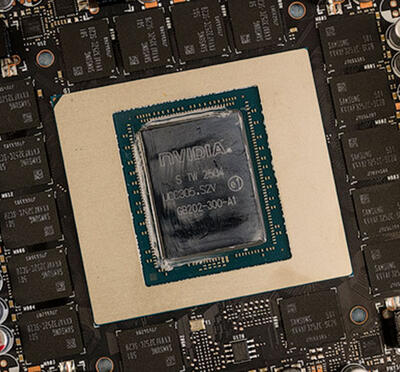What if you could give millions of people access to safe drinking water and help solve the climate crisis at the same time? As a bonus, you could help your own community prepare for when the Big One comes.
That’s the vision behind a personal-sized water treatment appliance now in development by a team led by two Oregon State engineering alumni.
“For most people around the world, water out of the tap has to be treated, not optionally for better taste but to make it safe to drink,” said Paul Berg, B.S. civil engineering ’78.
Boiling kills bacteria. But there’s a less energy-intensive option. Many municipal utilities treat water using ultraviolet light. Berg wondered: What if you could scale down this technology? A water systems engineer who spent his career with CH2M Hill, Berg knew his family would need dependably clean water while living in Kampala, Uganda, where he would take a sabbatical in 2009-10.
He installed a UV bulb in a rugged container that holds a gallon of water. He plugged it in, and in two minutes, the water was safe to drink. Because electricity can be undependable in many African cities, Berg attached a hand-cranked generator as an alternative power source.
In 2017, Berg talked about his water box at a City Club of Corvallis workshop about how to obtain safe water after an earthquake. In the audience, climate researcher Dave Conklin, Ph.D. biological and ecological engineering ’10, was intrigued. He did some back-of-the-envelope calculations and realized that the water box had the potential to significantly reduce greenhouse gas emissions, given that 600 million people boil water every day to make it safe to drink.
The two men formed a partnership around a shared dream: getting the water box into millions of households worldwide. Today the device is known as the DayZero UV-H 2 O-Box. Its name references a 2018 crisis in Cape Town, South Africa, when city officials counted down the days remaining before the municipal water supply was estimated to run out.
Berg has worked with others to improve the water box from the start. In 2009, a team of Oregon State engineering students — Megan Heinze, Tom Jacroux and Richard Oleksak, all from the class of 2010 — worked on it for their senior capstone project. Eventually, in 2020, a model became available for purchase.
Last year, preparation began for field tests in partnership with nonprofits Engineering Ministries International and Uganda Christian University. The goal is to solicit honest feedback from potential users, information that will inform the final design for successful scale-up.
After consulting with Nordica MacCarty, Richard and Gretchen Evans Scholar of Humanitarian Engineering, Berg went to Kampala to help train two UCU civil engineering graduates who will distribute water boxes to about 20 households and collect data about their use after four weeks.
DayZero’s water boxes are meant to be used in cities, where many people use an electric kettle to boil water for drinking. The DayZero team calculates that the monthly electricity cost for using an electric kettle to boil drinking water (not counting use for tea) is about $1.50. The cost for using a water box: about one half-cent.
Boiling water over a fire — as people do in rural areas worldwide — is even harder on the environment. In energy terms, UV water treatment is 10,000 times more efficient than burning wood to boil water. Reducing wood and charcoal fires would help ease deforestation, as well as health hazards from smoke exposure and burns, especially among children.
Back in Oregon, the DayZero founders recognize that their own communities could someday find themselves at ground zero of a major earthquake — the type of natural disaster in which the water box could be most valuable. Pacific Northwest residents are urged to have supplies on hand for an emergency, but experts warn that it may be months before communities recover. No one can store that much drinking water. DayZero’s water boxes can be purchased for emergency preparedness kits for about $300.
The boxes are made at Conklin’s house in Portland, where volunteers assemble them by hand. Each purchase helps to advance DayZero’s goal of providing a better alternative to people who rely on boiled water every day.
“I would love to have a design team of experienced product engineers take hold of this and develop a product that’s ready to be mass-produced,” Berg said.
Learn more at dayzerointernational.org.



